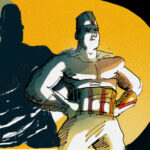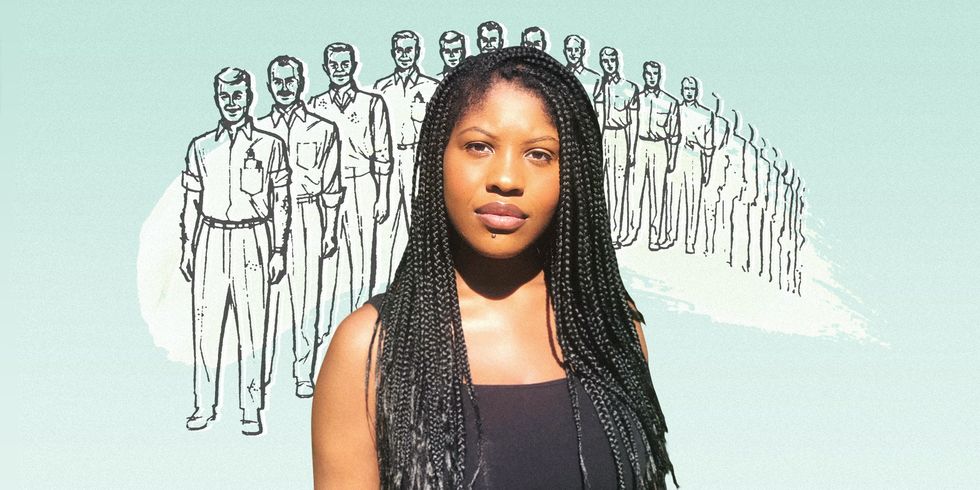Offered without comment, from Bleeding Cool:
https://bleedingcool.com/comics/when-neal-adams-had-super-jesus-fight-muslims-in-national-lampoon/
In a review for Marvel Comics’ Marauders #11, Bleeding Cool reporter Jude Terror writes:
The X-Men gives Kate Pryde’s body a Viking funeral, as Jewish tradition dictates.
This, of course, is grossly in error; Jewish tradition dictates no such thing. And even if the (pseudonymic?) Mr. Terror had his tongue deeply in his cheek, it’s a joke in poor taste.
Why’s that? Because, as writers like Rachael Knight at Women Write about Comics point out, it’s a pretty large insult to her religious heritage, particularly as one of the most prominent and long-time Jewish superhero characters.

With Kamala Khan (Ms. Marvel) soon coming to video game systems as part of Marvel’s Avengers game, it seemed a fitting time to look back at this 2017 CBR article on 15 notable Muslim characters in comics:
http://www.cbr.com/muslim-comic-book-characters-you-should-know/
More characters have arisen even since the article’s publication, including Red Dagger & Amulet in Ms. Marvel or Sofia & Nasser of Sheriff of Babylon. Currently, funding is being raised on Patreon for a second new volume of CBR’s number-one Muslim character, Kismet, Man of Fate.
On their news blog, Colgate University recently featured the work of Assistant Professor of LGBTQ Studies Paul Humphrey examining Afro-Carribean characters in comics as well as their culture. He came to find that “fiction from the region depicts Vodou and Santería as religions of resistance, standing against American neocolonialism, corruption, and Western Christianity.”
Humphrey, looking at characters in like La Borinqueña, Doctor Voodoo, and Marassa, observed that “creators go out of their way to establish them as important, yet they never quite keep the spotlight.” Just as their religions are cast as secondary or non-normative, so are the characters. “Part of the trouble is that even very respectfully depicted and drawn side characters are, ultimately, side characters, there to support the narratives of more marquee heroes like Spider-Man and Doctor Strange.”
In 2009, novelist Raven Leilani left her Seventh Day Adventist church. A year later, she attended the New York Comic-Con — and she found faith again. As she wrote for Esquire last month:
When fandom is good, it is earnest, generative. I felt it then, how the event had been loved into existence, how it was particular and communal. But for women, it is complicated. By the time I was in college, my fandom had quieted. The decision to go to Comic Con was a hail Mary of sorts

The convention became an “accidental manifestation” to her and a testimony to the power people put into their fictions, “proof that the fantastic can be made real.”
Leilani’s new book Luster debuts this month.